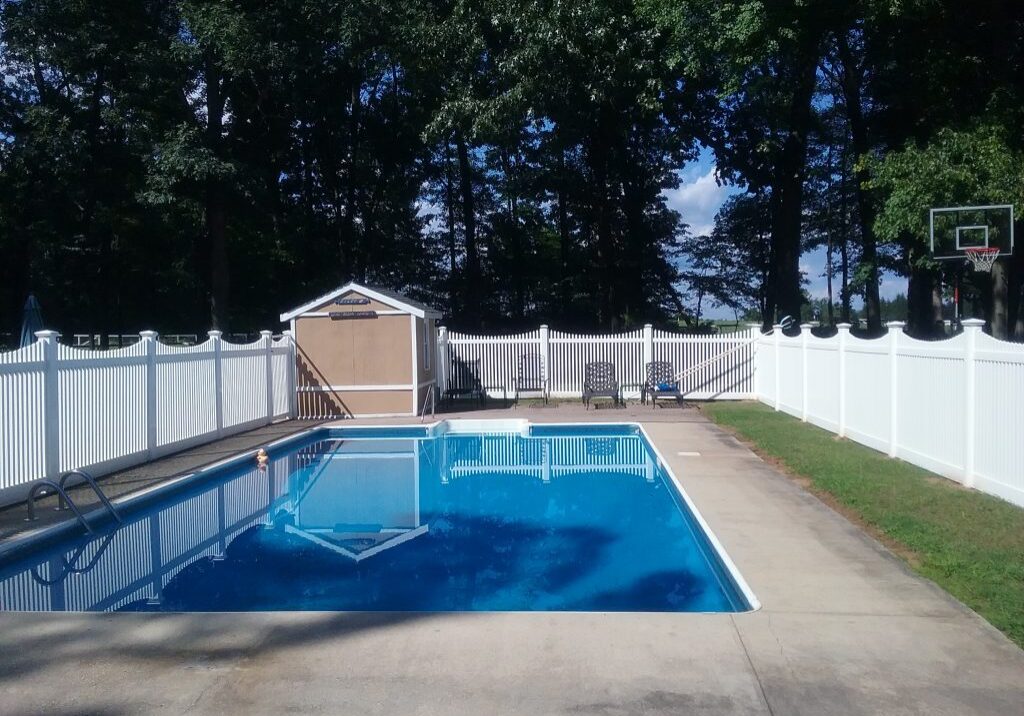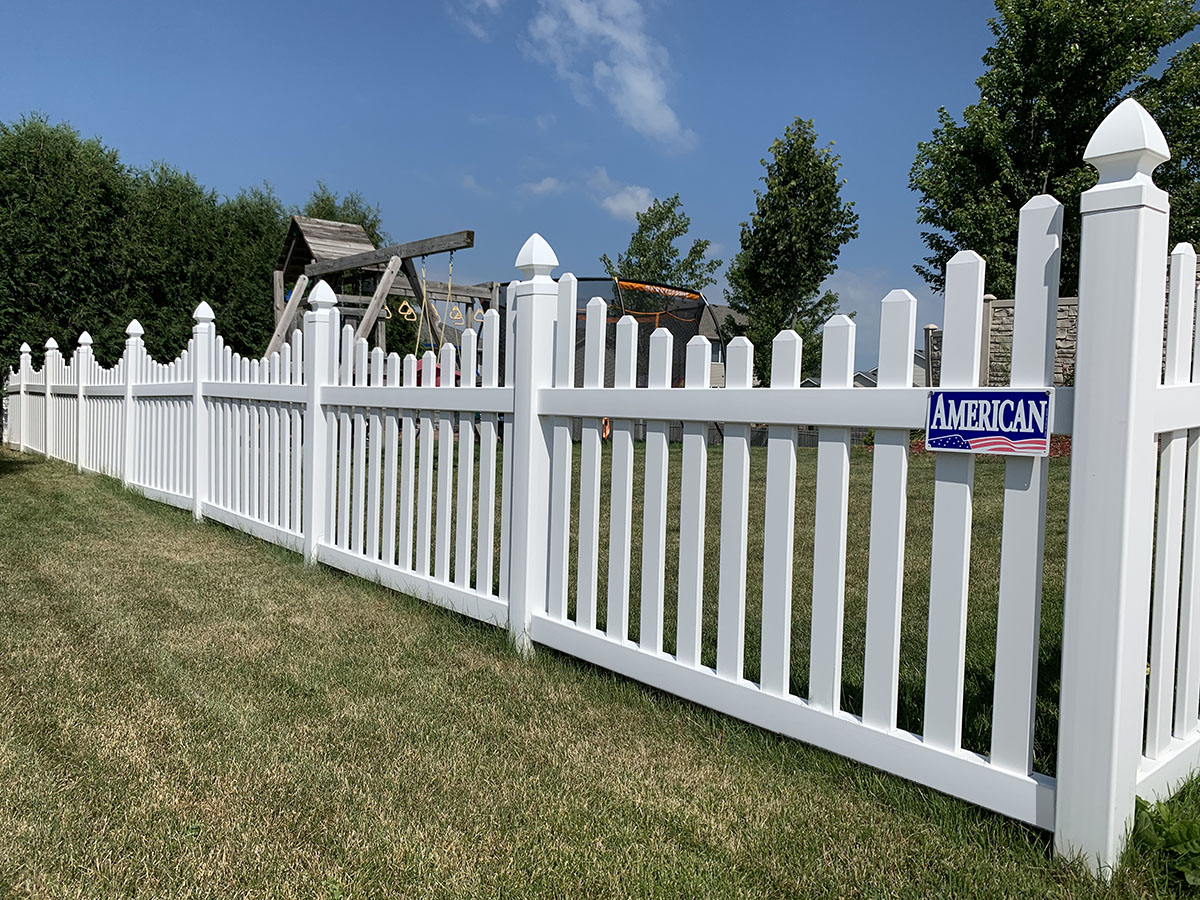All Categories
Featured
When it pertains to preserving a wood fence, homeowners commonly deal with the decision of whether to paint or discolor. Both options have their pros and disadvantages, and the option ultimately relies on your visual preferences, the sort of timber, and exactly how much upkeep you agree to commit to. Below's a comprehensive comparison to help you make an educated decision.
The Essentials of Paint and Discoloration
Painting includes covering the wood with a nontransparent layer of shade. It gives full coverage, concealing the timber grain while offering outstanding protection against environmental elements.
Staining permeates the timber, boosting its all-natural charm while adding a safety layer. Depending on the type, discolorations can range from transparent to strong, allowing differing levels of wood grain visibility.
Advantages And Disadvantages of Painting
Pros:
Wide Variety of Colors: Paint offers endless shade alternatives, enabling you to match your fence to your home's outside or personal style.
Longer Enduring: Top notch exterior paint can last up to 5-7 years, requiring less frequent reapplication.
Superior Defense: Repaint forms a thick, strong obstacle against dampness, UV rays, and insects.
Cons:
Breaking and peeling: With time, paint can peel off or crack, specifically in locations with extreme weather condition problems.
Hides Natural Timber Beauty: If you enjoy the all-natural grain of timber, paint might not be the best option.
Higher Maintenance: Repainting calls for scuffing off the old paint, which can be labor-intensive.
![]()
Pros and Disadvantages of Staining
Pros:
Natural Look: Spots protect and boost the natural charm of the timber, making it suitable for high-quality hardwood like cedar or redwood.
Simpler to Reapply: Unlike paint, discolorations don't peel or fracture. Reapplying stain typically calls for less surface area preparation.
Versatile Finish Alternatives: Spots can be found in transparent, semi-transparent, and solid varieties, supplying various levels of coverage.
Cons:
![]()
Much Shorter Life Expectancy: Discolorations, particularly clear and semi-transparent ones, may require reapplication every 2-3 years.
Restricted Shade Options: While stains supply all-natural tones, they do not have the wide color combination readily available with paint.
Much Less Safety: Discolorations permeate the wood but don't supply as thick a barrier as paint, making them a little less safety versus severe weather condition.
Variables to Consider
Visual Preferences: If you want vibrant shades and total protection, paint is the way to go. For a rustic and all-natural look, select stain.
Timber Kind: Top quality timbers with gorgeous grains benefit from discoloration, while lower-grade timbers can be repainted for a polished appearance.
![]()
Climate: In damp or humid climates, paint's thicker obstacle may provide much better defense. In dry or moderate environments, spots can be sufficient.
Maintenance Commitment: Painting entails less frequent reapplication however more effort throughout touch-ups. Staining needs normal maintenance however is much easier to manage.
Final Ideas
Both paint and staining can effectively safeguard and beautify your wooden fence. The most effective option depends on your top priorities, whether they lean towards visual appeals, durability, or simplicity of upkeep. By comprehending the advantages and drawbacks of each, you can select the surface that straightens with your requirements and ensures your fence remains a standout feature of your building for several years to find.
The Essentials of Paint and Discoloration
Painting includes covering the wood with a nontransparent layer of shade. It gives full coverage, concealing the timber grain while offering outstanding protection against environmental elements.
Staining permeates the timber, boosting its all-natural charm while adding a safety layer. Depending on the type, discolorations can range from transparent to strong, allowing differing levels of wood grain visibility.
Advantages And Disadvantages of Painting
Pros:
Wide Variety of Colors: Paint offers endless shade alternatives, enabling you to match your fence to your home's outside or personal style.
Longer Enduring: Top notch exterior paint can last up to 5-7 years, requiring less frequent reapplication.
Superior Defense: Repaint forms a thick, strong obstacle against dampness, UV rays, and insects.
Cons:
Breaking and peeling: With time, paint can peel off or crack, specifically in locations with extreme weather condition problems.
Hides Natural Timber Beauty: If you enjoy the all-natural grain of timber, paint might not be the best option.
Higher Maintenance: Repainting calls for scuffing off the old paint, which can be labor-intensive.

Pros and Disadvantages of Staining
Pros:
Natural Look: Spots protect and boost the natural charm of the timber, making it suitable for high-quality hardwood like cedar or redwood.
Simpler to Reapply: Unlike paint, discolorations don't peel or fracture. Reapplying stain typically calls for less surface area preparation.
Versatile Finish Alternatives: Spots can be found in transparent, semi-transparent, and solid varieties, supplying various levels of coverage.
Cons:

Much Shorter Life Expectancy: Discolorations, particularly clear and semi-transparent ones, may require reapplication every 2-3 years.
Restricted Shade Options: While stains supply all-natural tones, they do not have the wide color combination readily available with paint.
Much Less Safety: Discolorations permeate the wood but don't supply as thick a barrier as paint, making them a little less safety versus severe weather condition.
Variables to Consider
Visual Preferences: If you want vibrant shades and total protection, paint is the way to go. For a rustic and all-natural look, select stain.
Timber Kind: Top quality timbers with gorgeous grains benefit from discoloration, while lower-grade timbers can be repainted for a polished appearance.

Climate: In damp or humid climates, paint's thicker obstacle may provide much better defense. In dry or moderate environments, spots can be sufficient.
Maintenance Commitment: Painting entails less frequent reapplication however more effort throughout touch-ups. Staining needs normal maintenance however is much easier to manage.
Final Ideas
Both paint and staining can effectively safeguard and beautify your wooden fence. The most effective option depends on your top priorities, whether they lean towards visual appeals, durability, or simplicity of upkeep. By comprehending the advantages and drawbacks of each, you can select the surface that straightens with your requirements and ensures your fence remains a standout feature of your building for several years to find.
Latest Posts
How Consistent Vehicle Maintenance at Montclare Auto Repair Reduces Costs
Published May 31, 25
1 min read
Uncover Montclare Auto Repair’s Most Popular Services and Why Drivers Trust Them
Published May 26, 25
1 min read
Discover Why Chicago Drivers Prefer Montclare Auto Repair for Trusted Service and Great Savings
Published May 25, 25
1 min read
More
Latest Posts
How Consistent Vehicle Maintenance at Montclare Auto Repair Reduces Costs
Published May 31, 25
1 min read
Uncover Montclare Auto Repair’s Most Popular Services and Why Drivers Trust Them
Published May 26, 25
1 min read
Discover Why Chicago Drivers Prefer Montclare Auto Repair for Trusted Service and Great Savings
Published May 25, 25
1 min read